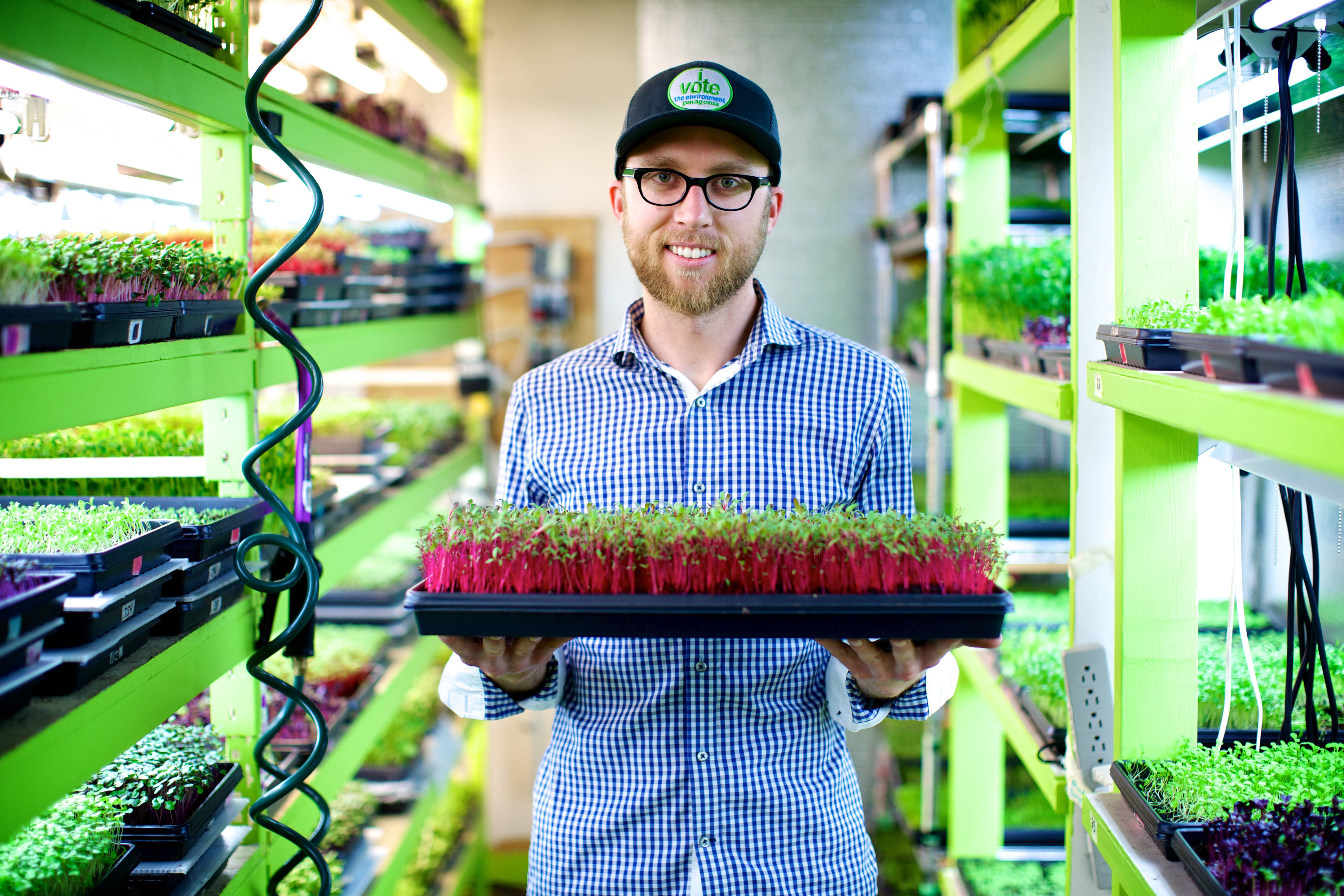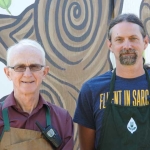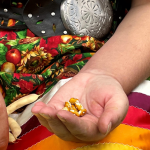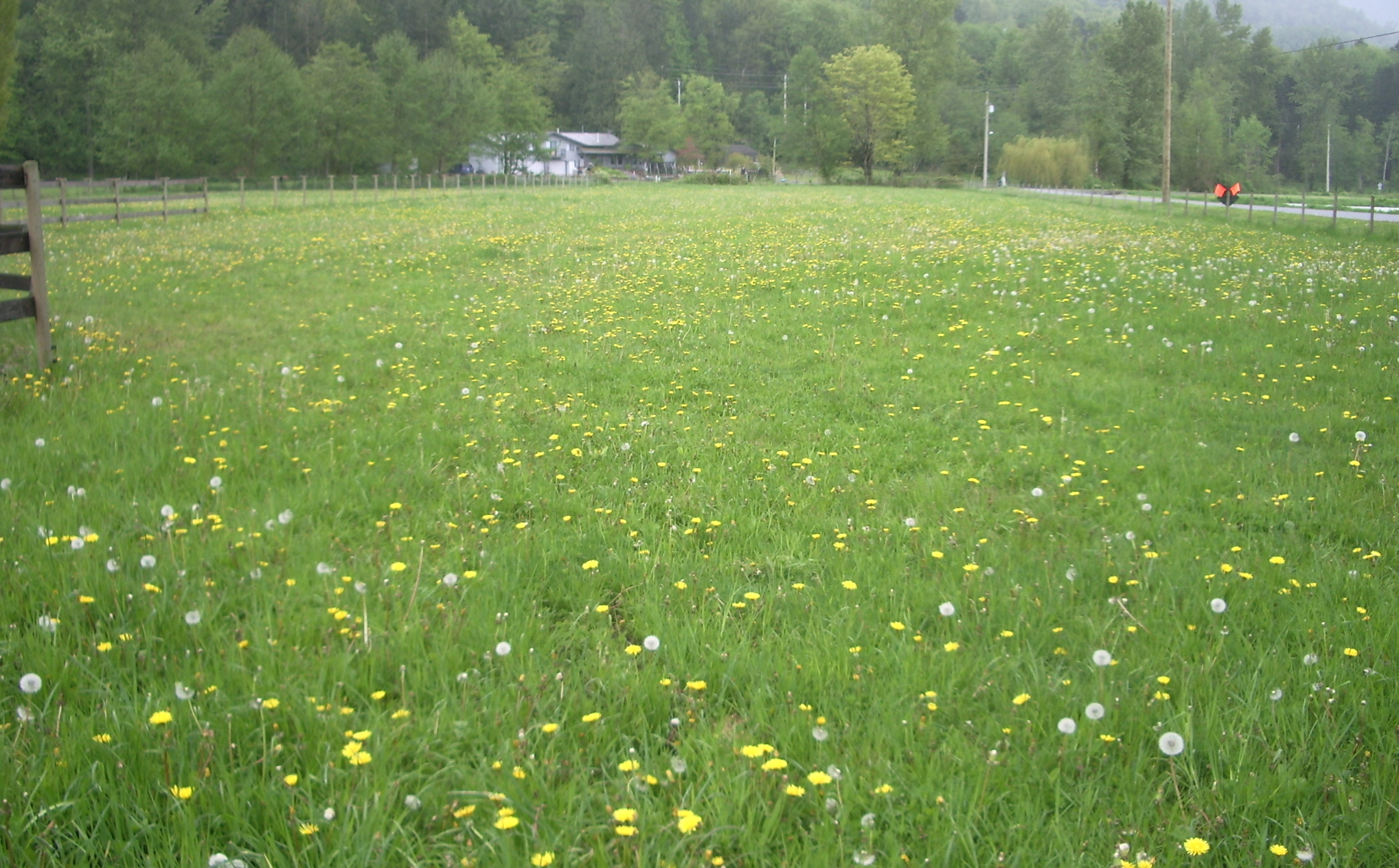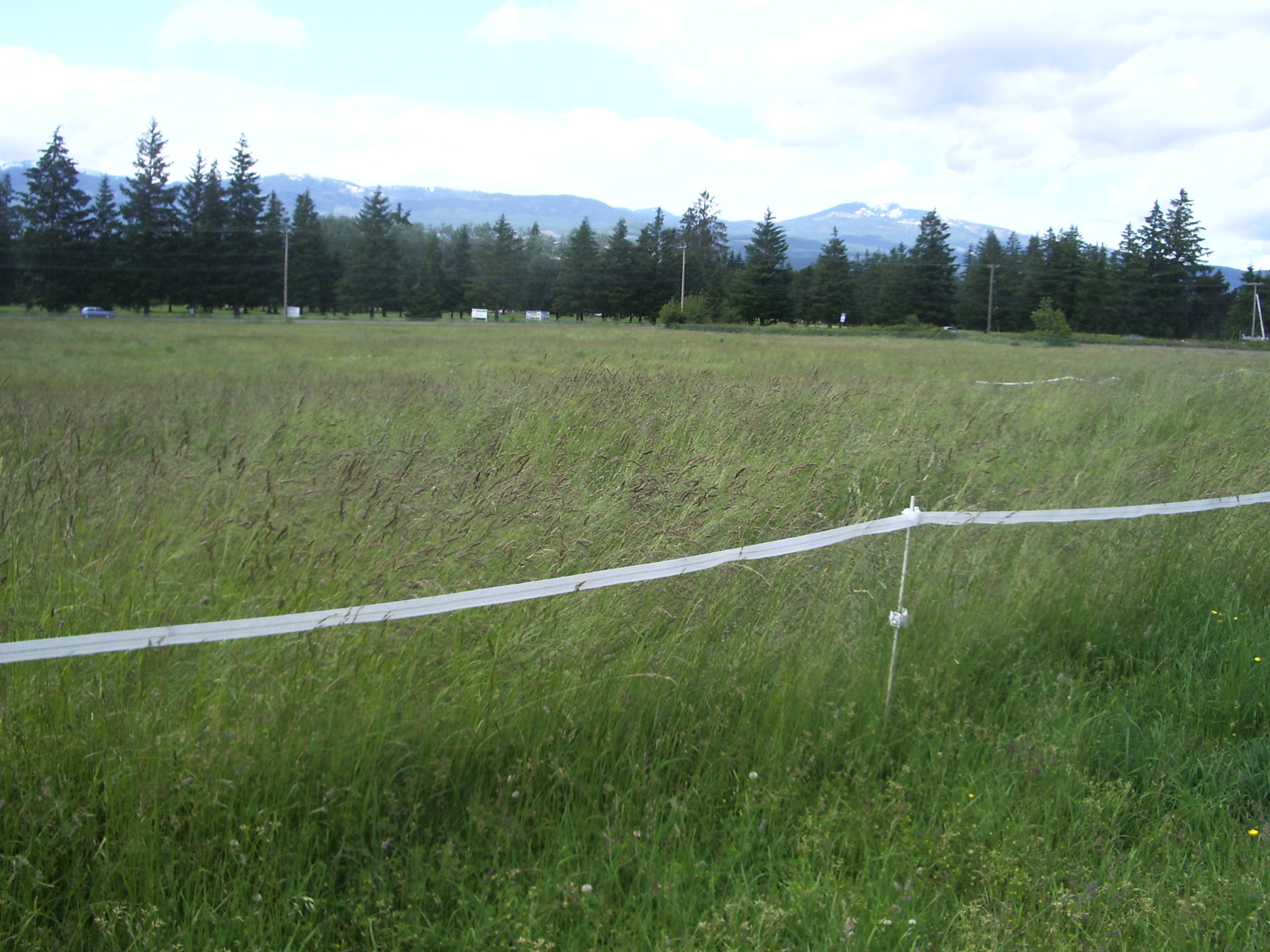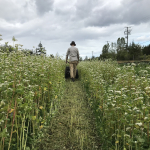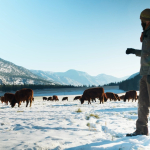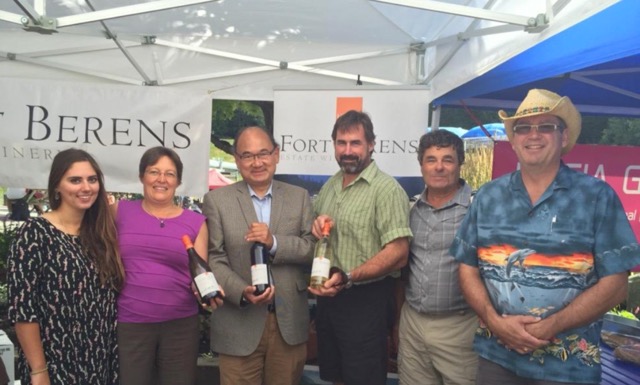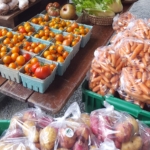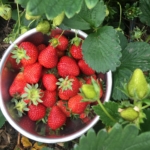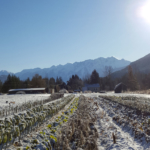In Loving Memory of Mary Forstbauer

Legacy of an Organic Leader
This September, as the summer season started to wind down, the COABC video project team had the honour of spending a few hours with Mary Forstbauer on her farm, interviewing her about her life on the land, and her vision for future generations of farmers. As always, Mary was enthusiastic, eloquent, and so very determined to build a lasting organic legacy in BC. She spoke with poetry and passion about instilling a love for farming in our youth – and she surely has done her part in growing the next generation of farmers.
We never imagined that Mary would leave us so soon after that visit, and it is with heavy hearts that we say goodbye to this remarkable woman and organic legend. Mary’s heart was dedicated to furthering the organic food movement in B.C. She nurtured not just her own 12 children and 110 acres of land, but everyone she met, from her fellow farmers to the people she greeted with a smile at the farmers’ markets weekly. Mary was a passionate leader who brought a community together with her strength, integrity, passion, and love.
Mary’s accomplishments could fill volumes – to name just a few, she was a founder of both the Certified Organic Associations of BC and BC Regenerative Agriculture, a board member of the Biodynamic Agriculture Society of BC, and has been integral in growing farmers’ markets across the province. This year, she received CHFA’s Organic Achievement award, recognizing a lifetime of inspiring service.
Mary wanted nothing more than to teach children to love the land. Mary’s life, work, and spirit will live on in her family, the farmers she has grown in her fields over the years, the land she has stewarded, and the people whose lives she touched. She has planted a seed in each of us, and her legacy of land stewardship will grow and flourish. We know of no better way to pay tribute to her than to continue her work, one seed at a time.
We love you Mary Forstbauer. Thank you for the life you led. You are a gift to all of us.



